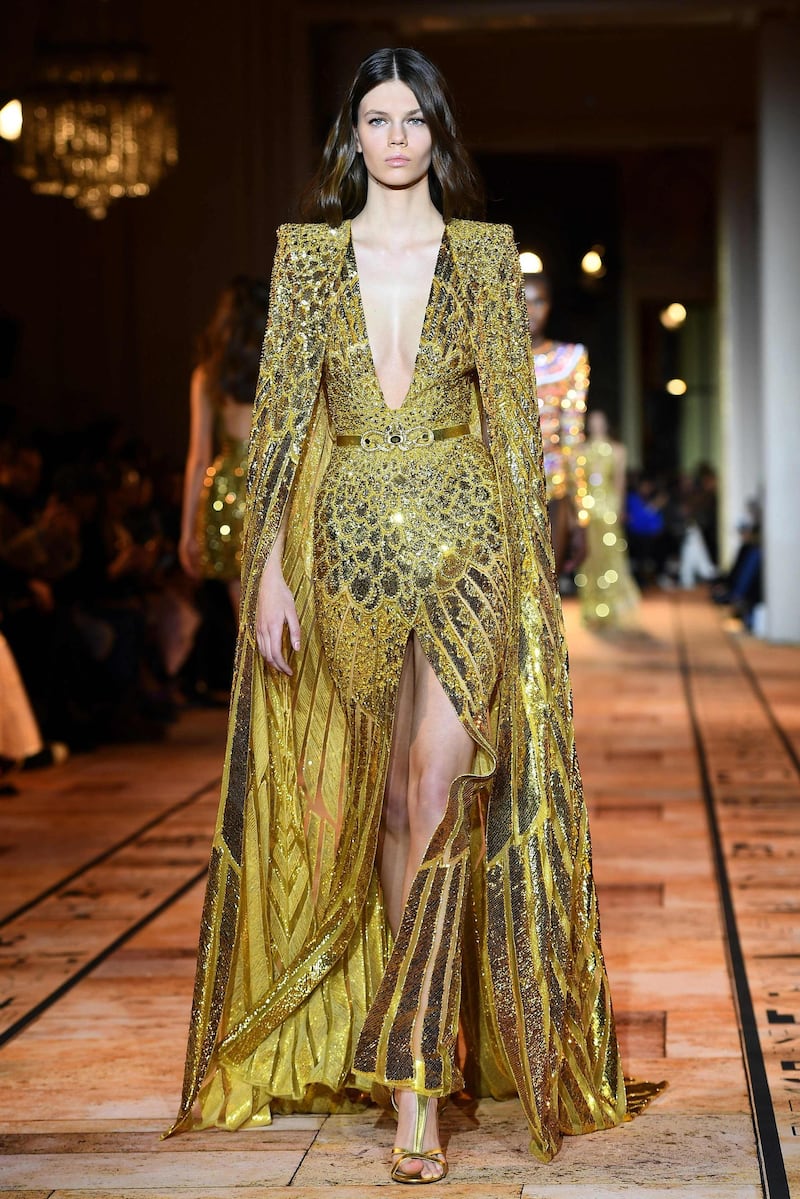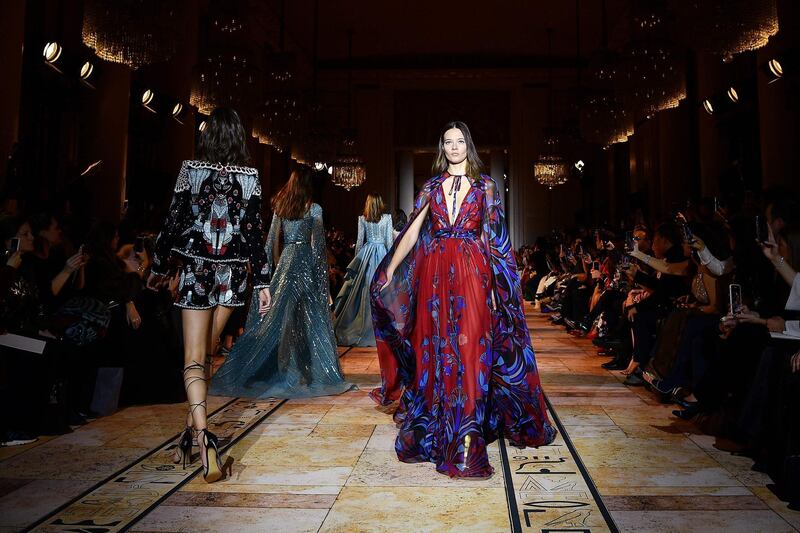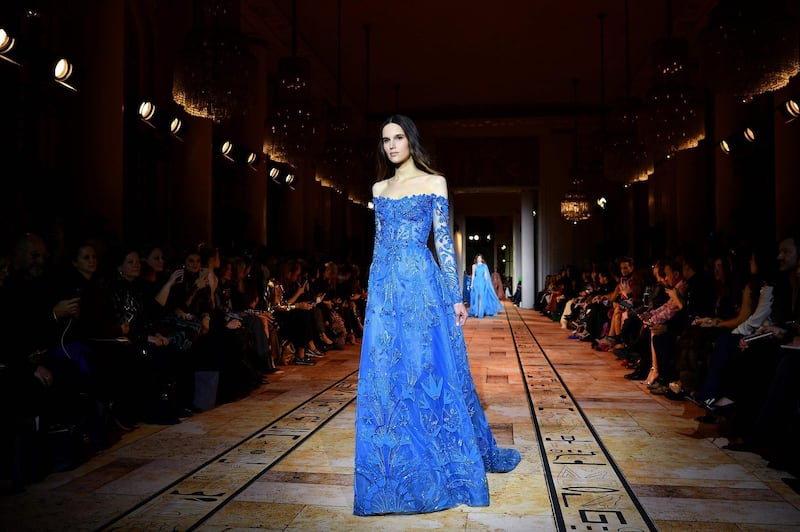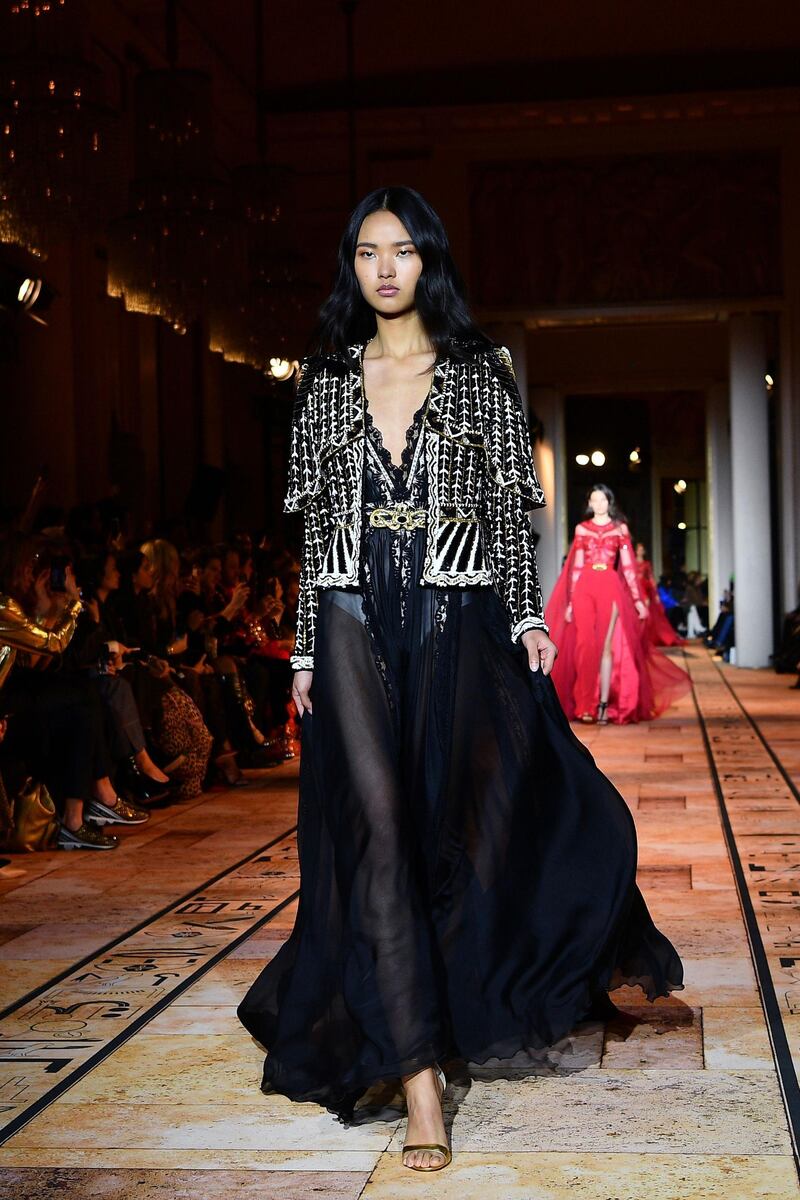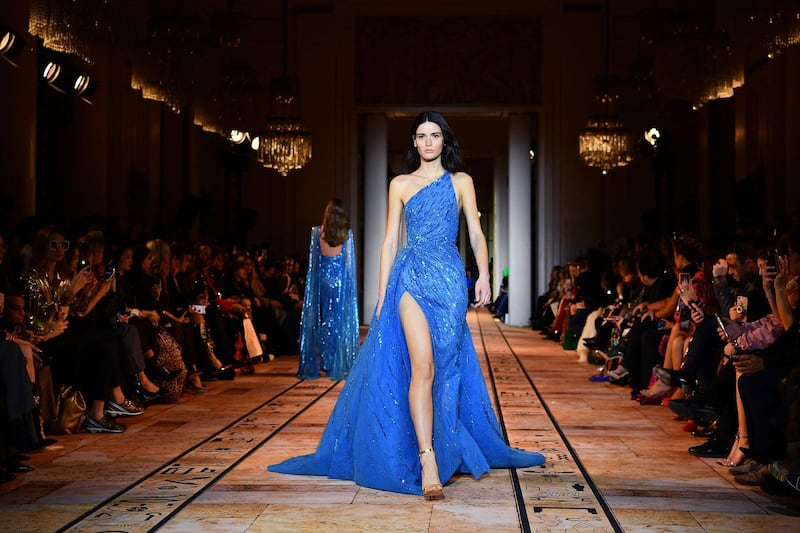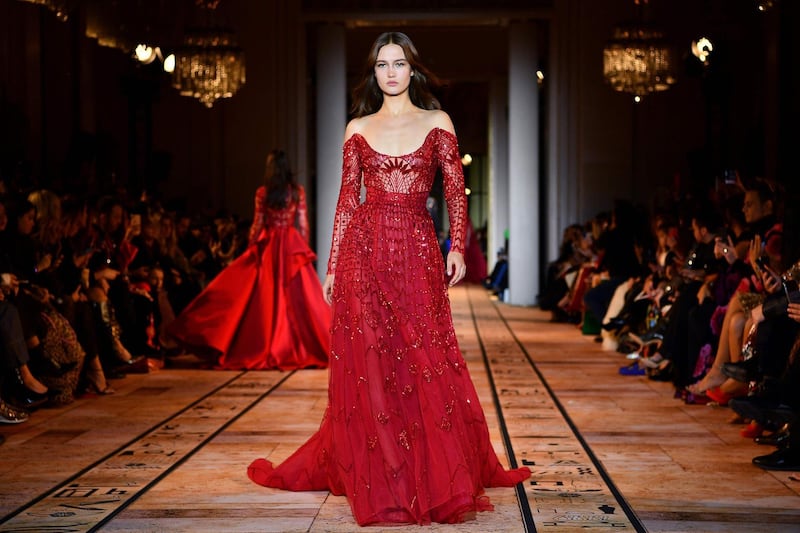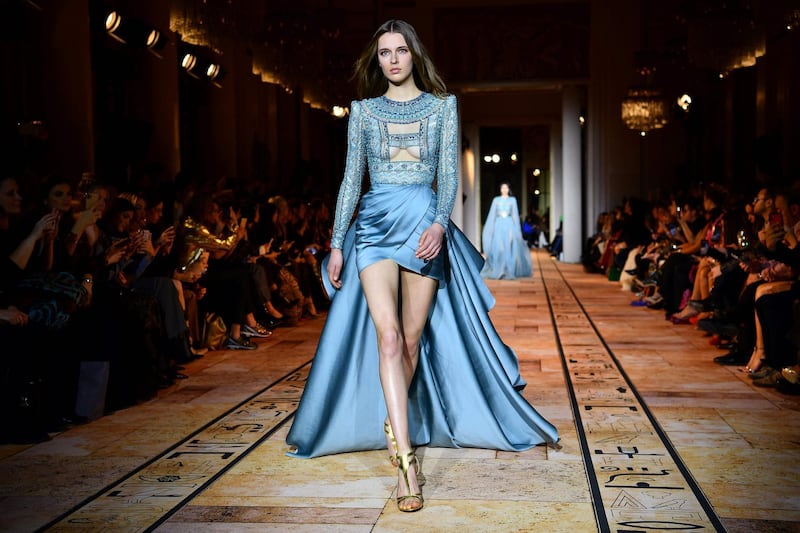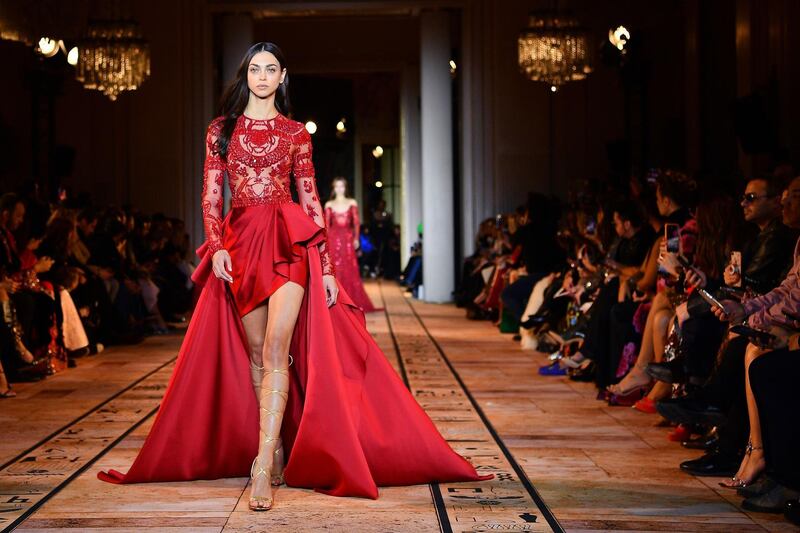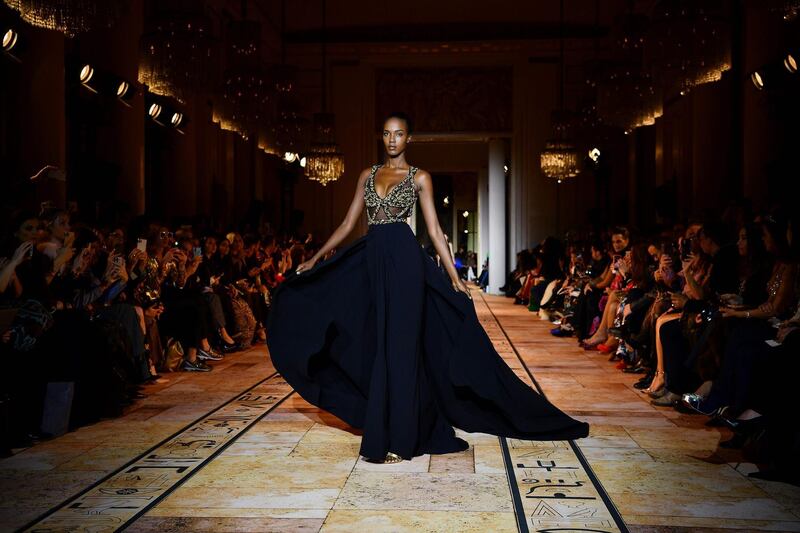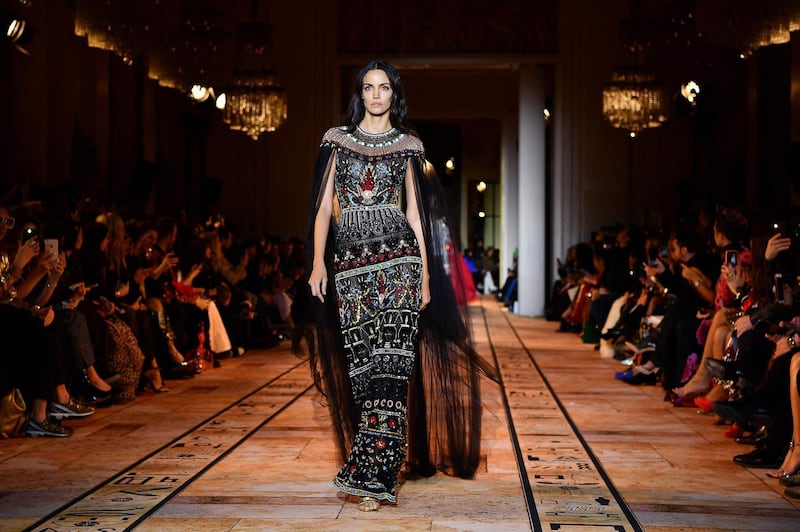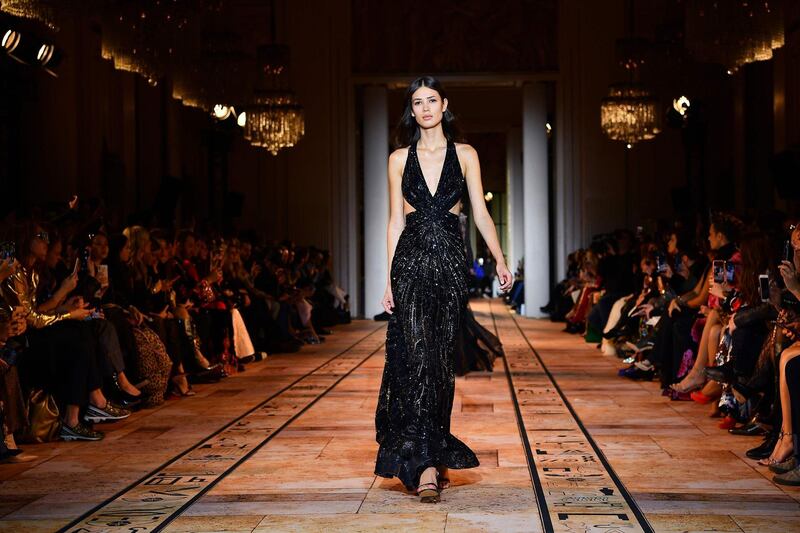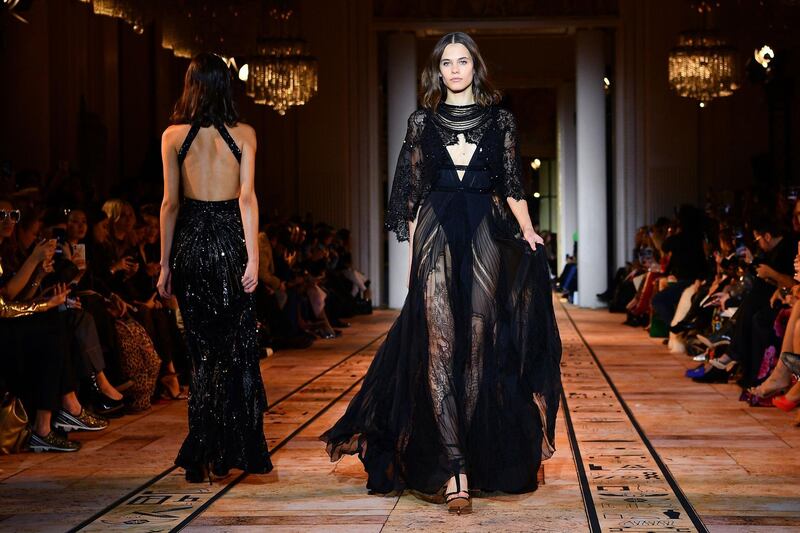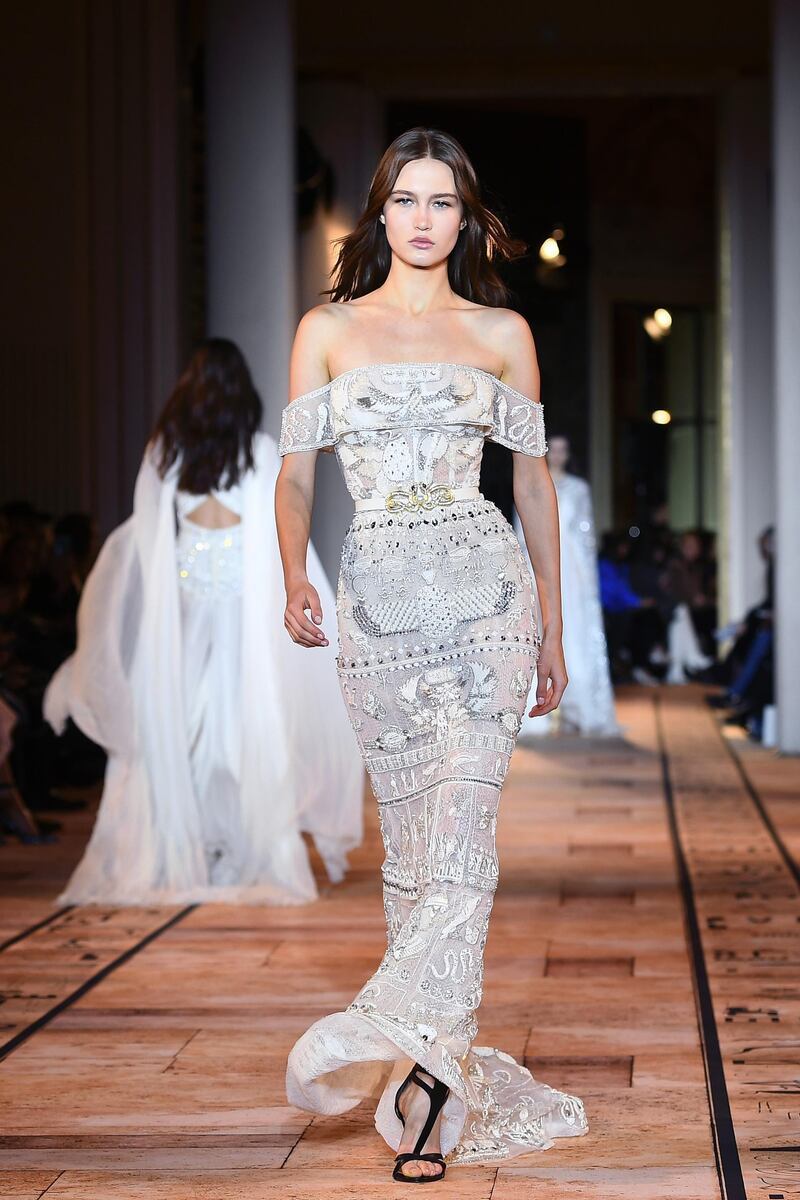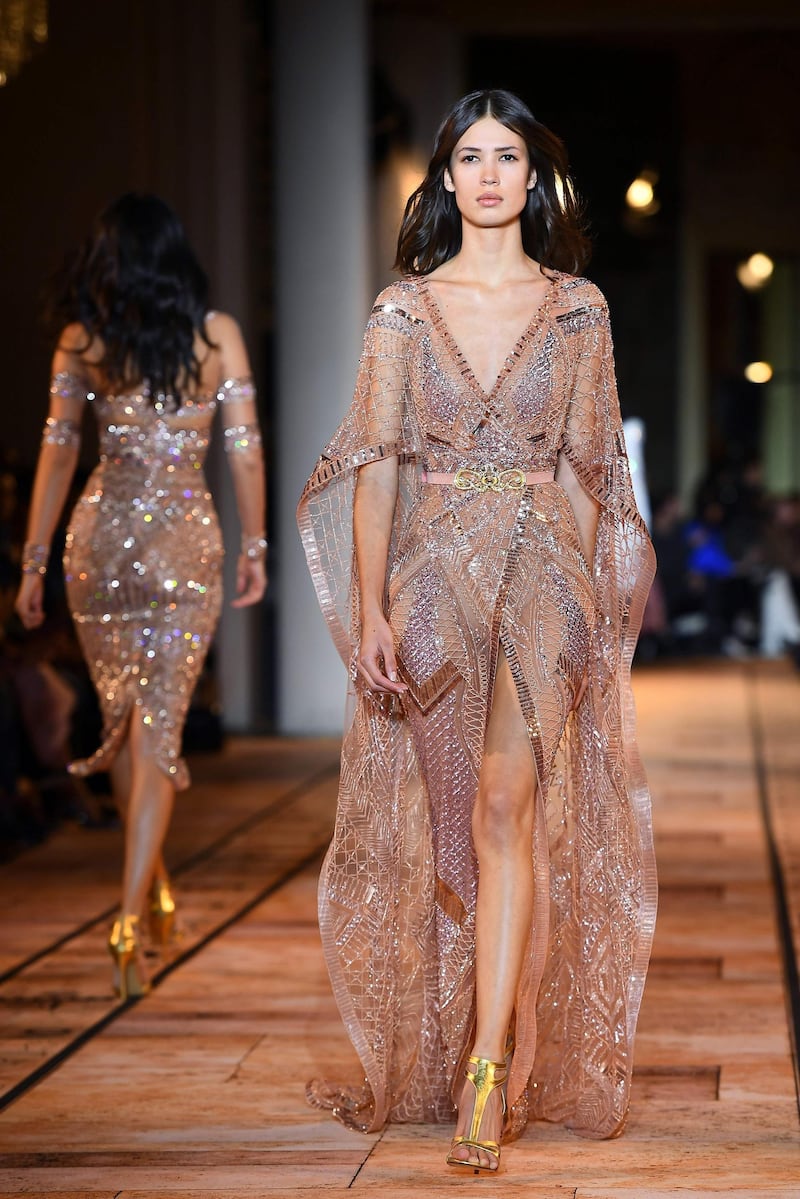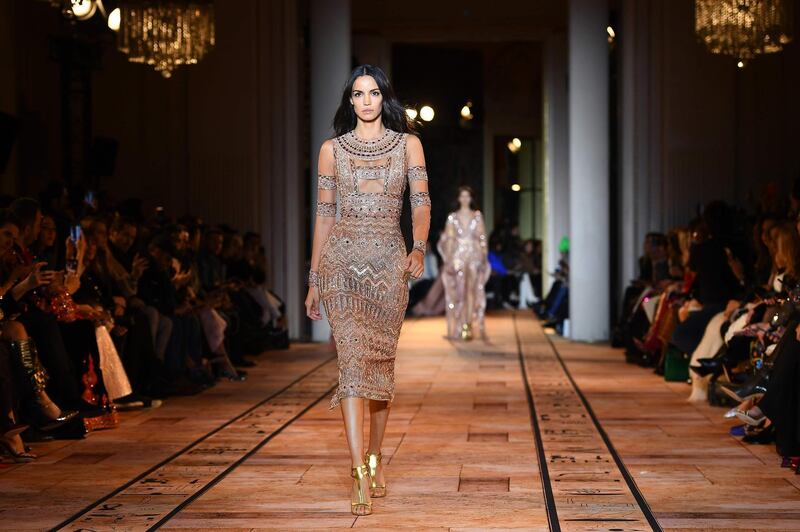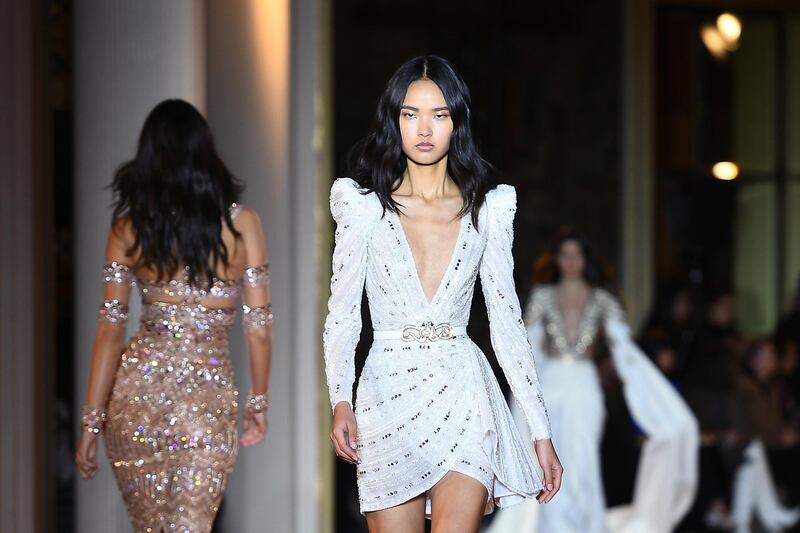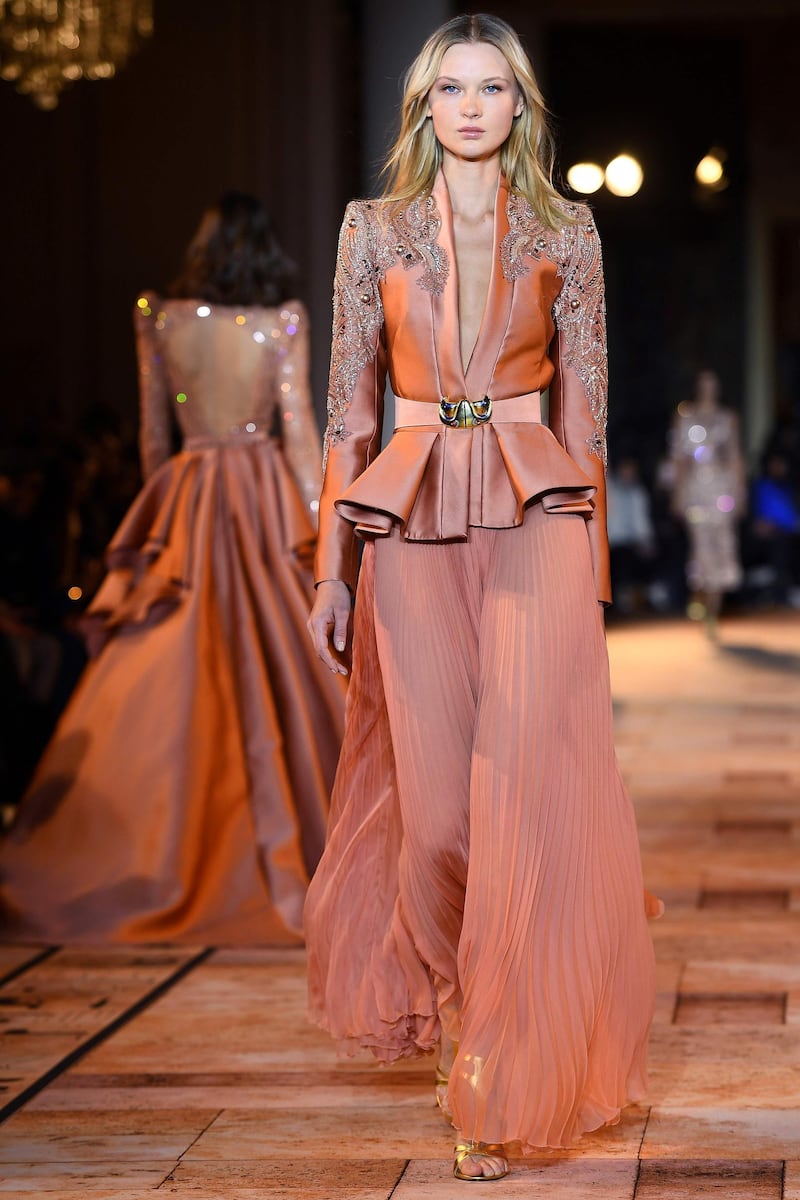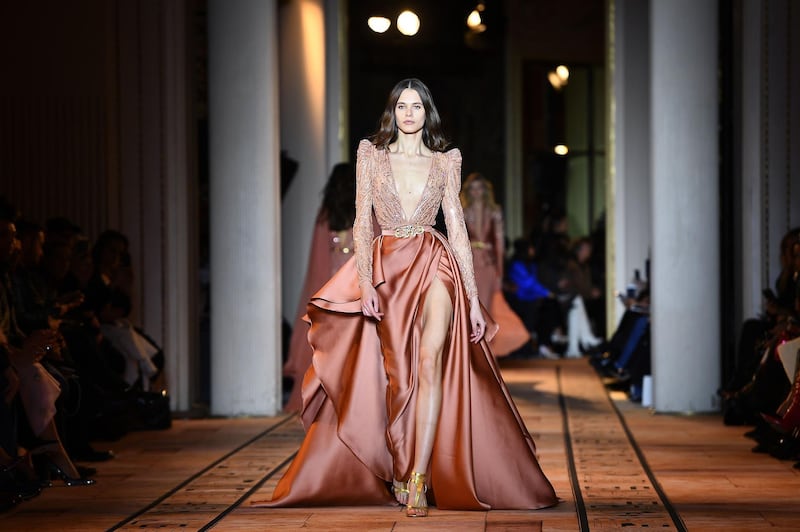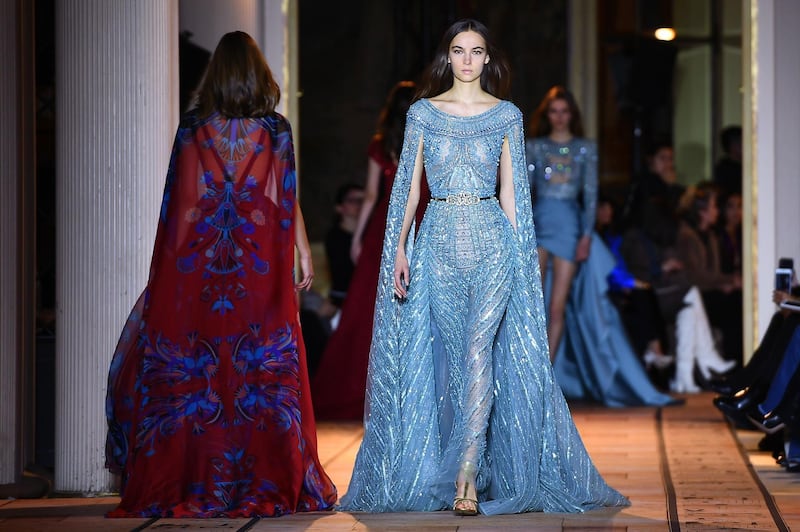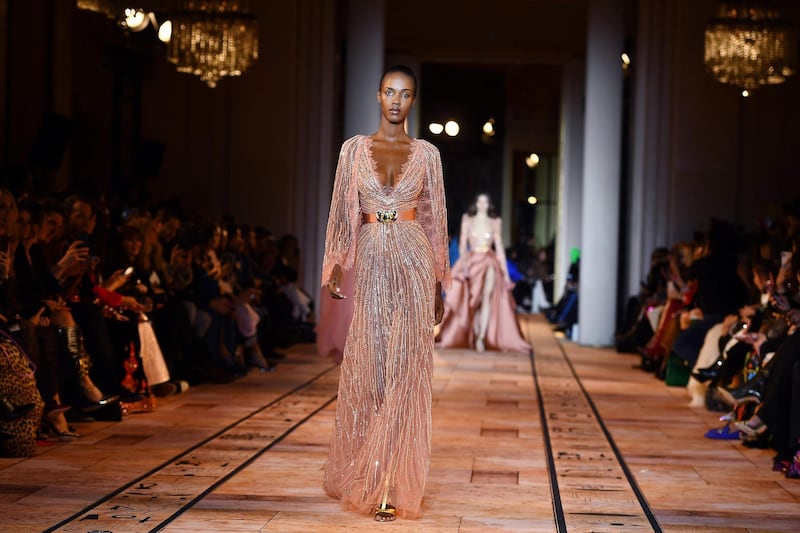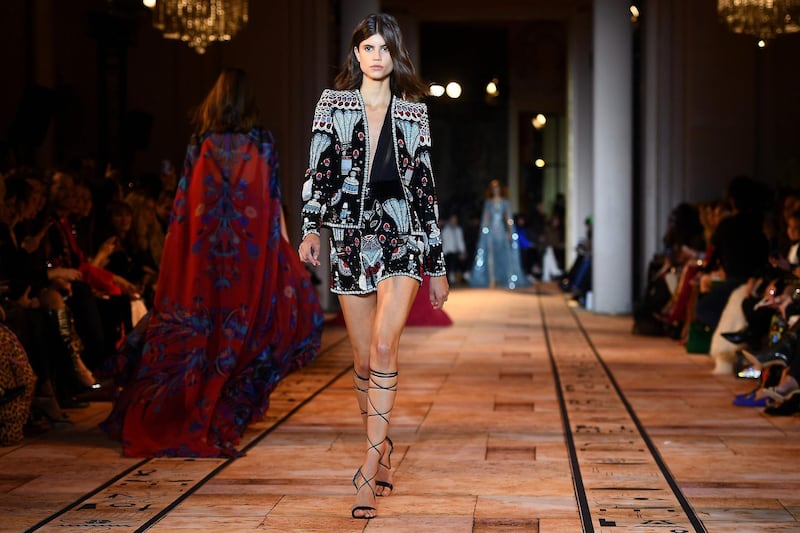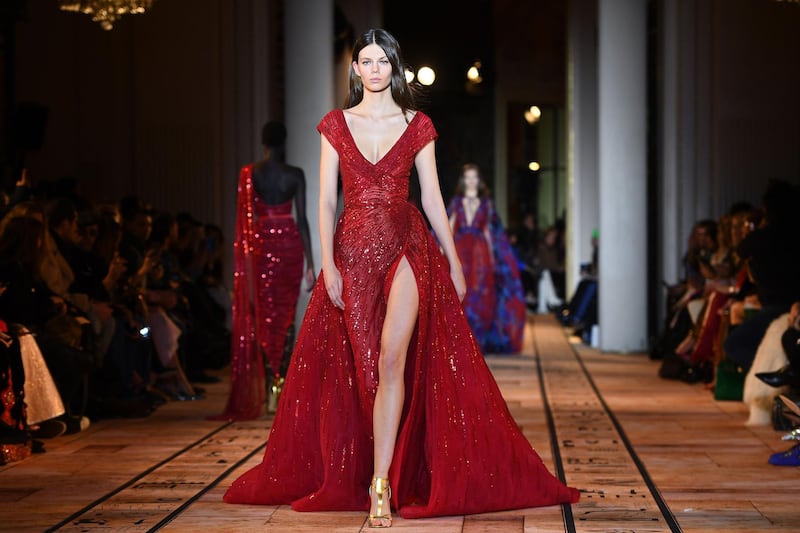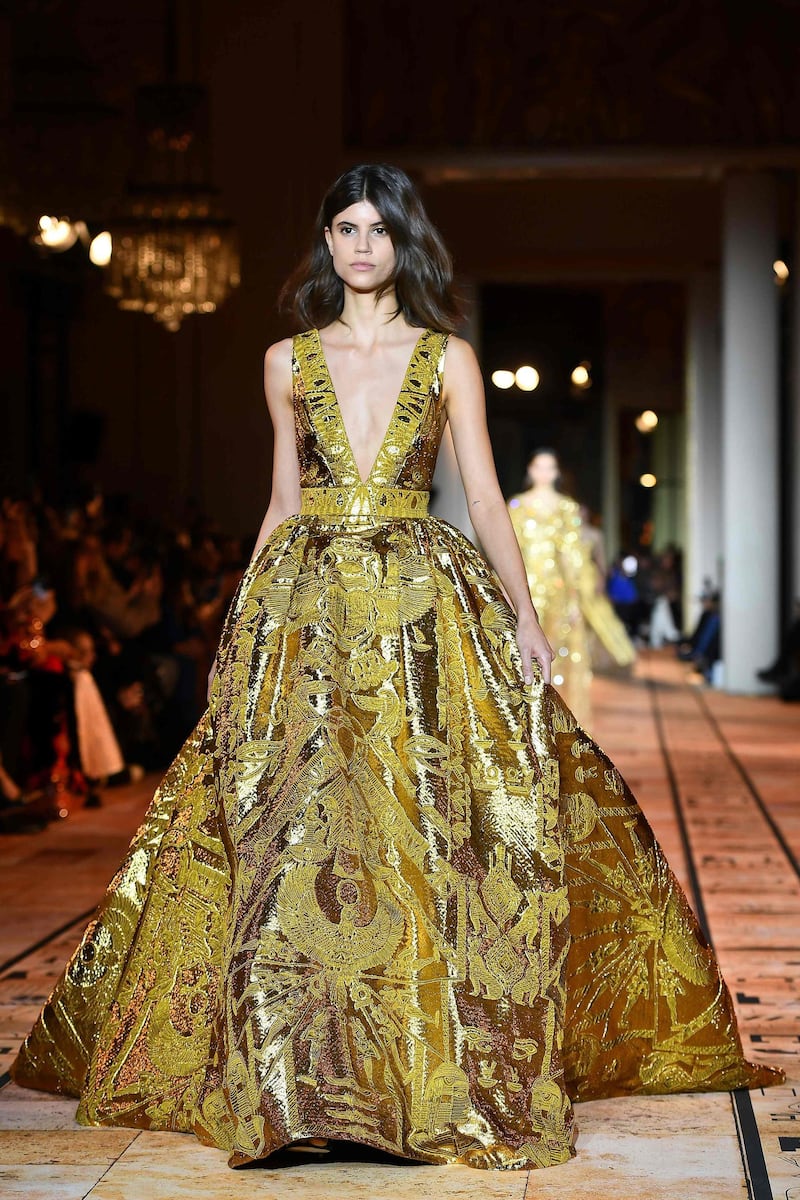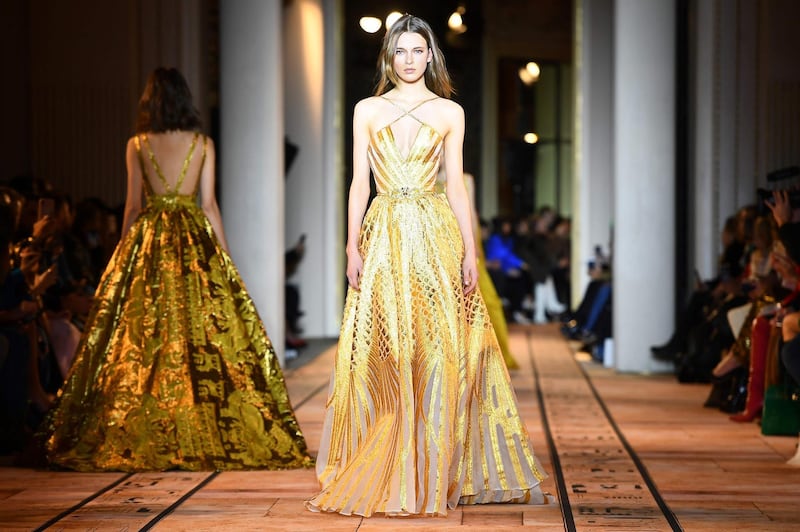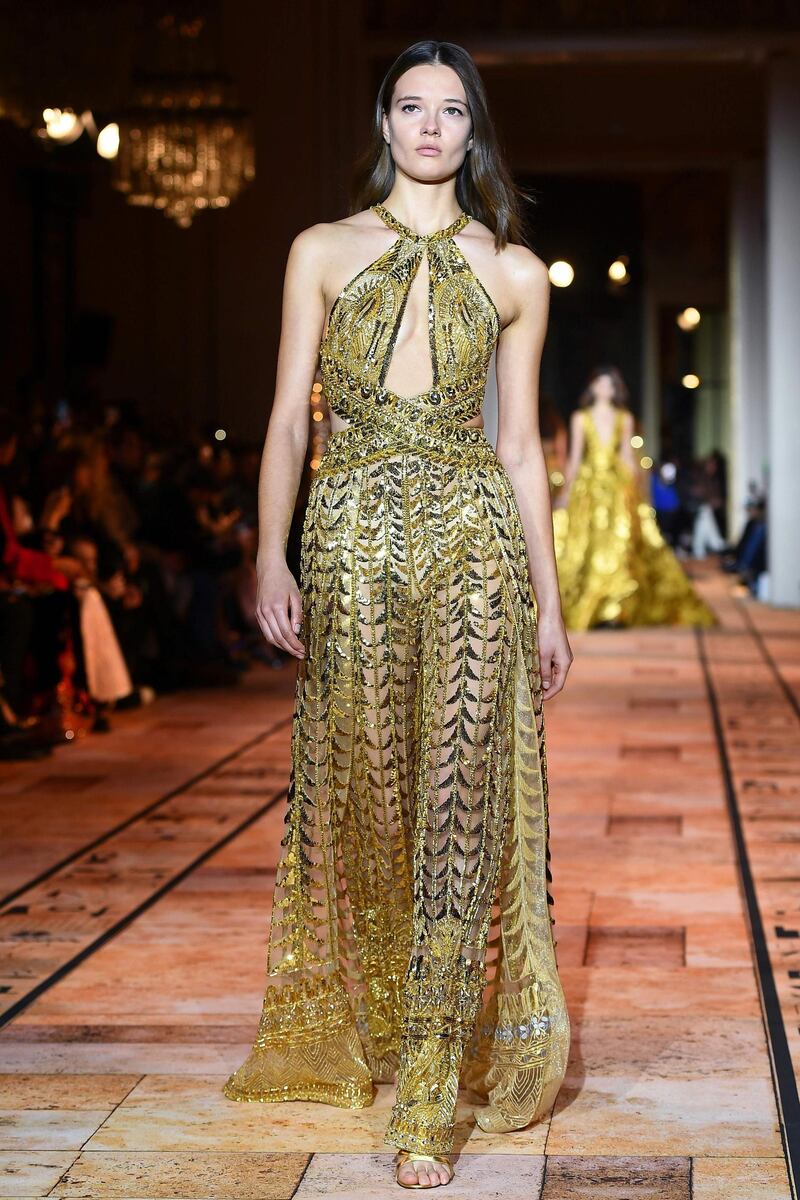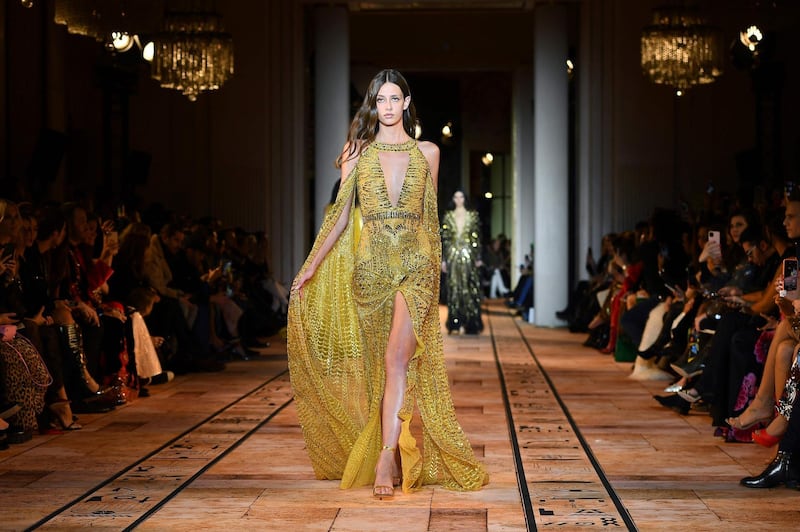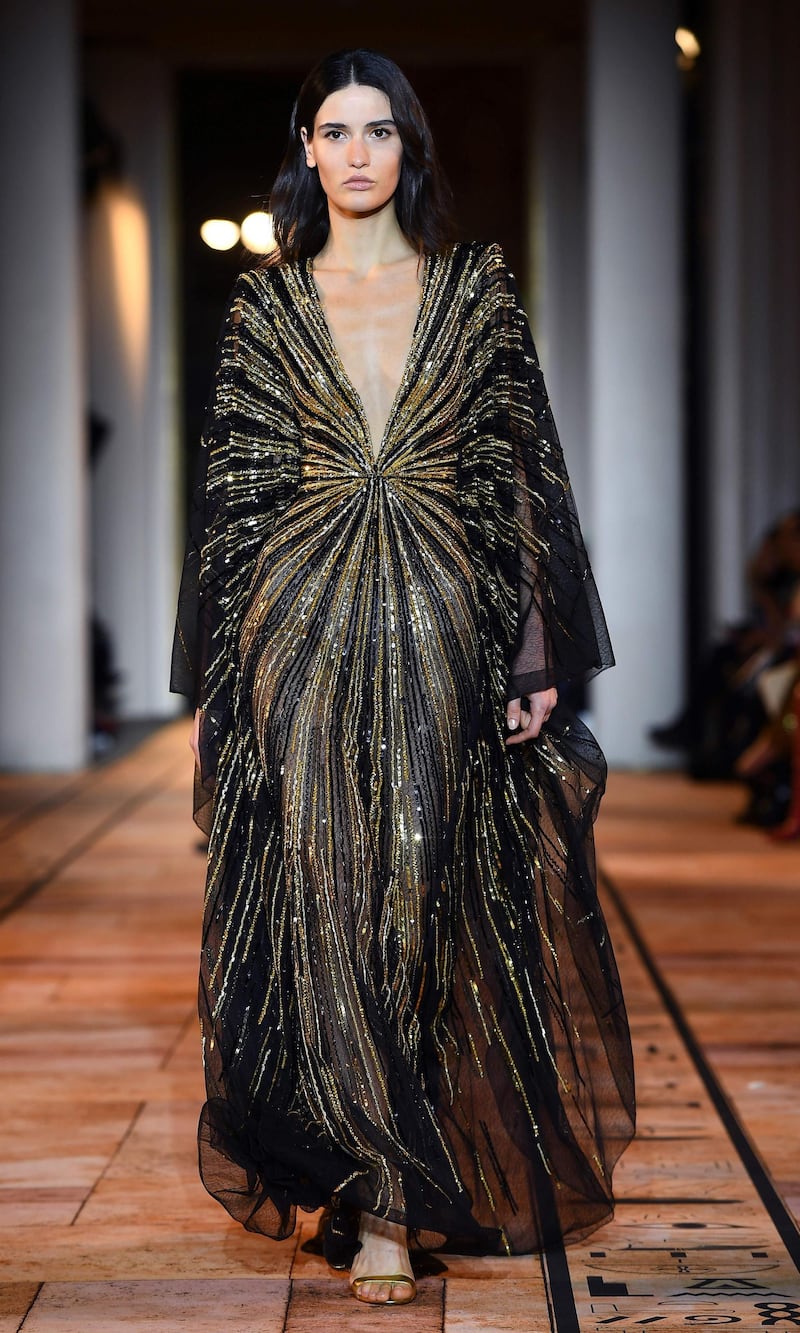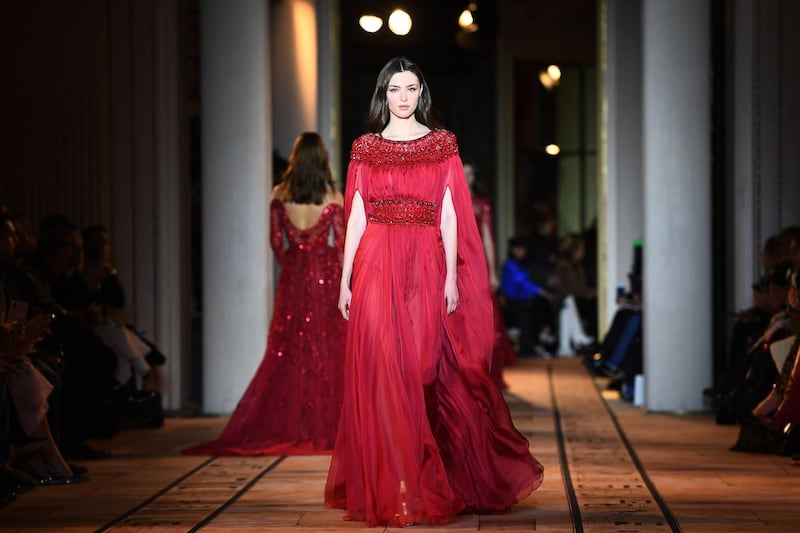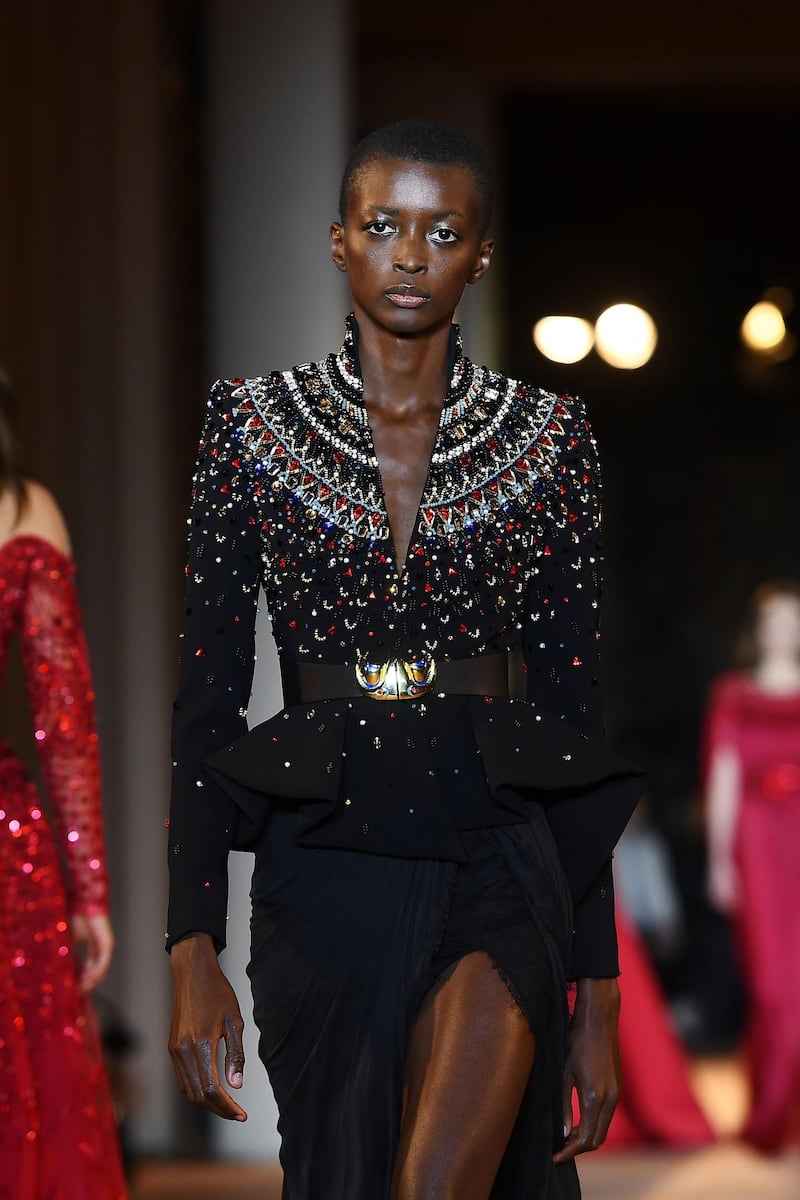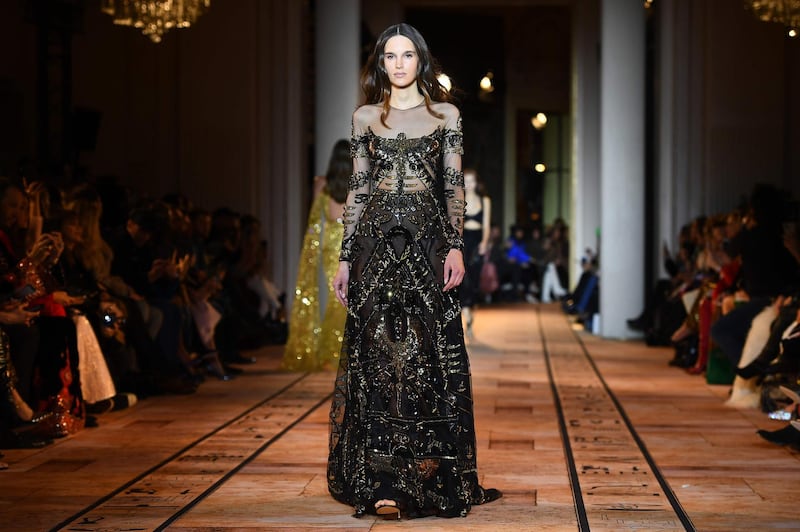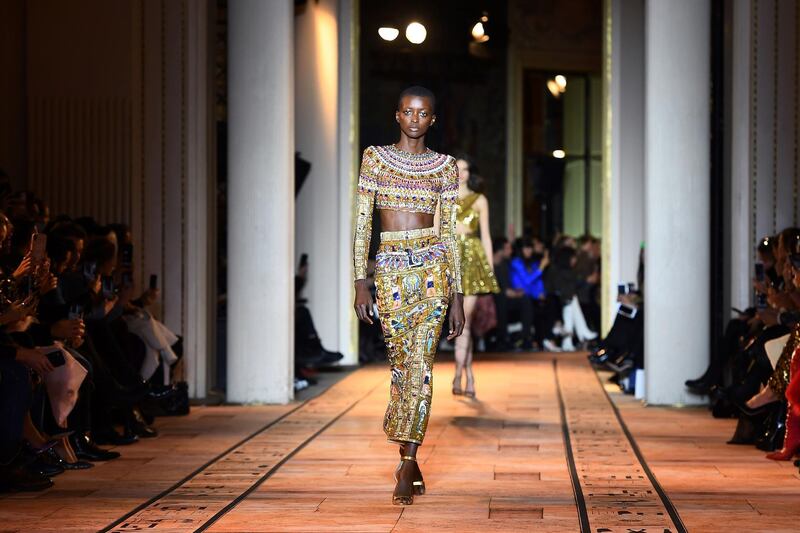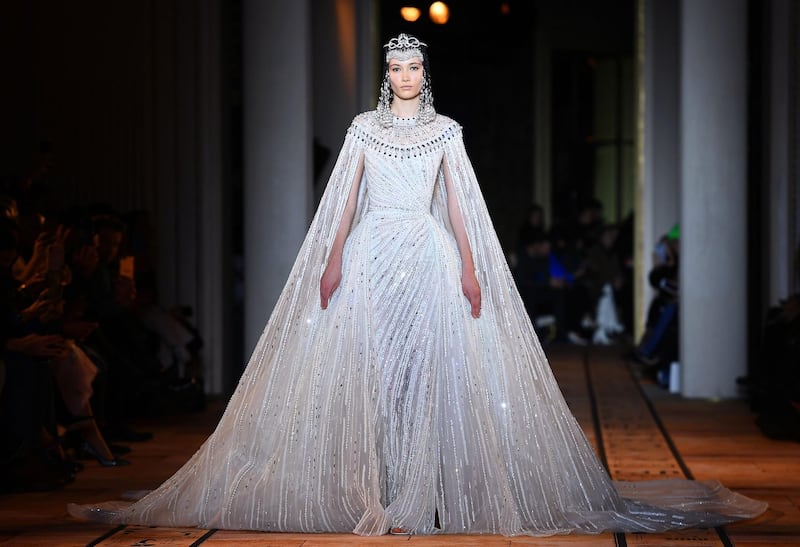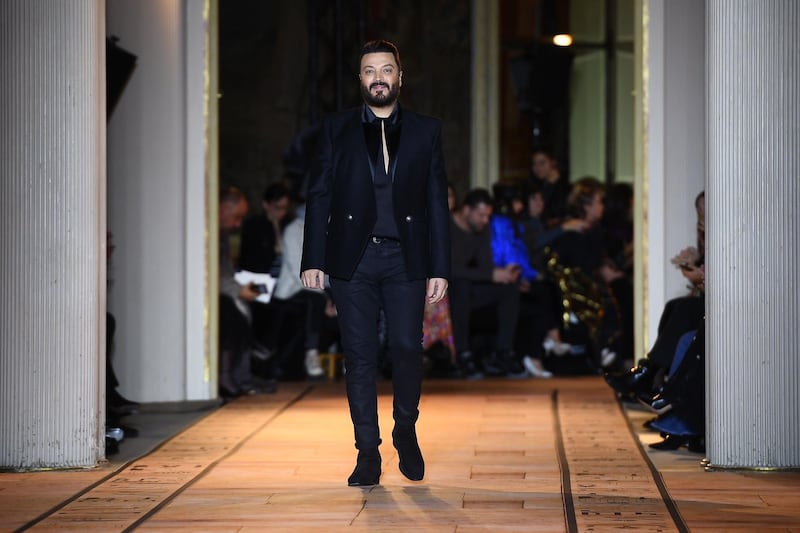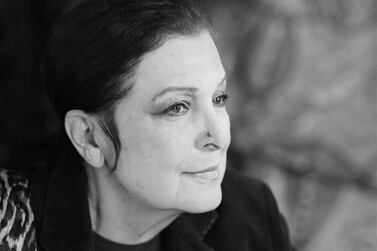As the effects of the coronavirus outbreak become ever more apparent, it's clear the only sensible way forward is to suspend large-scale events where crowds might gather to help halt the spread. One such event to be waylaid is haute couture fashion week, which was scheduled to take place in June.
Featuring a select group of hand-picked designers, haute couture is, and always has been, about catering to the sartorial needs of a small and extremely wealthy elite. Although only thought to number 4,000 customers worldwide (exact figures are hard to come by as couture designers are famously cagey about clients and the income they generate), this small number of ultra-rich support and maintain an industry that employs thousands of people across numerous countries.
So ,with the latest round of the bi-annual spectacle abruptly cancelled and an entire season relegated to the dustbin, where, exactly, does this leave the designers?
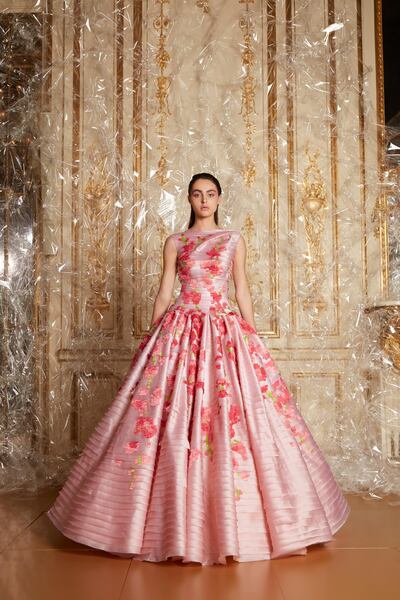
“We have put all our related operations on hold,” explains designer Zuhair Murad. With the label's main headquarters in Beirut, and a second atelier in Paris, Zuhair Murad is known for its sense of romance and femininity, and is a firm favourite with the likes of Najwa Karam, Jennifer Lopez and Priyanka Chopra, for its flattering silhouettes and delicate detailing.
“Realistically speaking, creating a couture collection in the necessary timeframe requires collective teamwork and effort, and we certainly do not want to compromise our team members’ health. It’s the most important thing for us and we will always prioritise it over anything else."
With a strong tradition of dressing up, coupled with a deep appreciation of handwork and the unique, the Mena region is, not surprisingly, a stronghold of couture houses. Alongside Zuhair Murad, Elie Saab, Rami Al Ali, Georges Hobeika, Michael Cinco and Maison Rabih Kayrouz are all regional names that have been invited to show at couture week by the prestigious Chambre Syndicale de la Haute Couture, the regulatory body that oversees the industry, and the only entity capable of bestowing the title of haute couturier to a brand (in short, if it is not recognised by the Chambre, it is not haute couture).
Admittance means adhering to strict and demanding regulations, from a minimum number of seamstresses employed to the number of fittings customers can expect, all while embracing new technologies as well as preserving ancient know-how.
Rami Al Ali, a Syrian designer with an atelier in Dubai, has dressed the likes of Beyonce, Chanel Iman and Helen Mirren. The label's gowns are infused with elegance and a touch of the designer's Middle Eastern heritage. With the next season suddenly gone, and with it the potential income, Al Ali remains pragmatic.
“I am still debating what would be the right decision for this season. I think it is all depends on how fast we can go back to normal life practices," he says. "I would most likely design a capsule collection and create a visual campaign to launch it. I don't believe designing a fully fledged collection will be a practical decision to many, as much as we all want to keep this industry and all its suppliers alive."

Couture pieces are lavished with exquisite and delicate embellishment, and so beautifully made it can be hard to believe it is work done entirely by hand, routinely taking 300 hours to complete just one dress. And that excellence does not come cheap, with prices starting at around $20,000 (Dh73,450) for something unadorned, quickly spiralling upwards to the $40,000-$80,000 mark, reaching as high as $1 million – the reported price of a haute couture Dior wedding gown.
Yet, despite these huge figures, couture runs with extremely high overheads and uses the finest materials. Taking months to complete, the skilled petite mains, as couture seamstresses are known, labour for countless hours on a single piece, and one dress can use tens of metres of frighteningly expensive fabric. Even couture house Viktor & Rolf openly admits it exists partly due to the cash injection given by its perfume arm.
“So far we are having to cancel the ready-to-wear pre-fall 2021 collection and the couture fall / winter 2020-21 one," explains Murad. "We’ve also had to suspend the upcoming bridal collection. It will certainly affect us all because we work six months prior to the actual seasons."
However, perhaps all is not lost. Italian company Giorgio Armani cancelled its live show at Milan Fashion Week in February as the coronavirus outbreak began to curtail events, instead opting for an online stream. Shanghai Fashion Week did the same, live-streaming new collections from 150 designers in March. Following that lead, there may be a digital solution, suggests Al Ali.
"For the past few years, social media has taken a major role in connecting us directly with our clients and has proven to be a powerful tool. I believe it would be the fastest and safest method to launch any new product at this time. People are connected via apps, working remotely or living an experience virtually, and it is becoming more and more of a practical solution. Brands are paying much more attention to such social platforms, seeing the great effect it has and how fast consumers are adapting to it.”
In Shanghai, switching to digital allowed designers to offer customers a personalised viewing experience, as well as a see-now, buy-now option of the current season, plus the ability to place pre-orders on the autumn / winter collection. The result was an impressive 11 million views and a cool $2.82 million (Dh10,356,450) in sales.
However, Murad has misgivings about this digital approach, as he feels it cannot replicate the hands-on experience of seeing couture up close.
"For couture, customers want to physically see and feel the fabrics, they want to experience the many hours put into the gown," he says. "Customers enjoy the luxurious purchasing experience associated with couture, so it will be a bit tricky to implement that digitally. The early stages of made-to-measure would be easy to adapt to, as meetings could be done via Skype or Zoom."
The second stage, however, usually requires physical interaction, he says, as the client and maison discuss the custom-made looks.
"It will definitely be challenging for us to come up with a new, safe business model to replace this phase, while maintaining the customer experience. The couture fashion industry would really have to step up the game and discover new business models that are adaptable to the situation."
Murad is right – there is yet to be a digital alternative to the deeply personal experience of having clothes made to measure, so the couture industry need not panic just yet. After all, there will always be the super rich who like to dress in beautiful clothes. Al Ali instead sees this enforced break in the calendar as an opportunity to explore new ways to connect with clients, who are now ready to embrace a new approach.
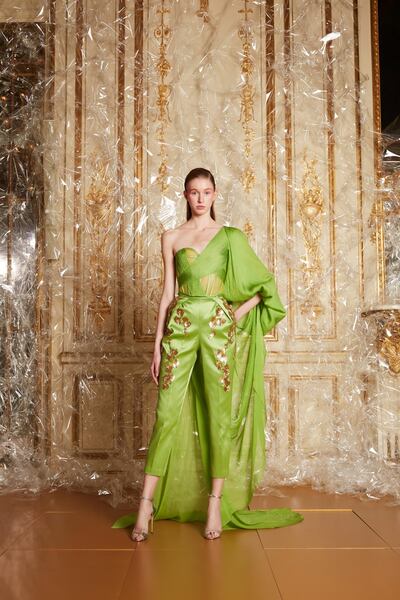
“We have seen a movement of virtual shows starting to appear during fashion weeks, and we have also reached a level of evolution where the focus is mainly on the experience," explains Al Ali.
"Fashion has always been, and will always be, the mirror that reflects the transformations of society and the human race, so probably the near future will be about what you show and how you show, not where you show."
As designers before them have done in testing times, undoubtedly the couture industry will survive this strange and disconcerting time, although in quite what form, we will have to wait and see.
But what we do know is that, without them, the world would undoubtedly be a far less beautiful place.
